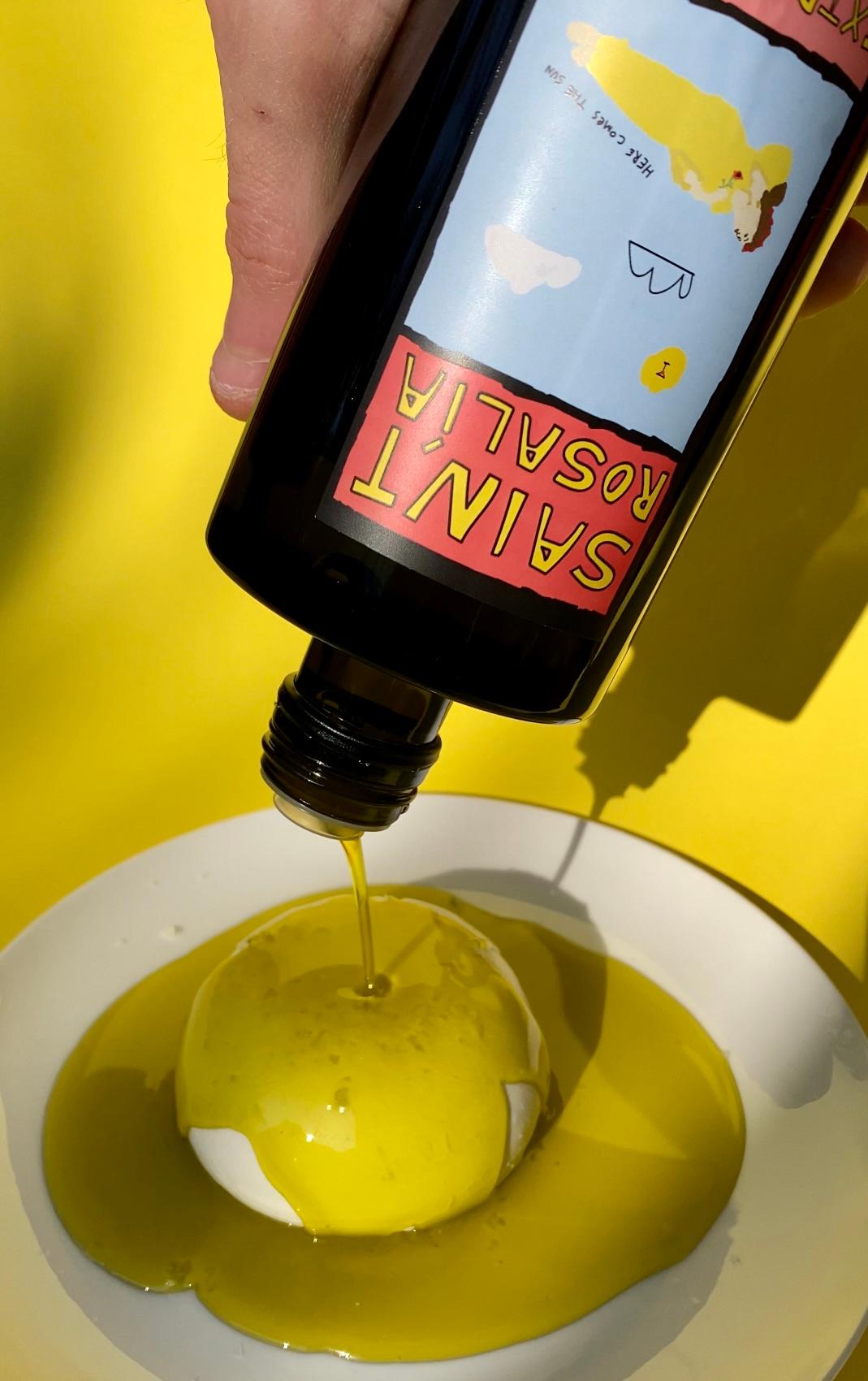Wherever you've been on holiday you've been told something like this: “we have the best olive oil in the world. Believe me, you will never taste anything like this. Look at her,” they will say, gesturing towards some ever-present OAP, “she is 105 – she drinks this every morning and is running marathons every weekend". You've never known local pride like local olive oil pride. It's a religion for the people of the great Mediterranean sea.
Italian olive oil probably has the best reputation. Over the years, Italians have probably done the best at marketing their oil around the world. Likely due to the popularity of Italian food.
In Spain (where our latest oil is from!), they love nothing more than poo-pooing Italian oil. Luis (our producer!) likes to remind me that during the Roman times, there is proof that in Rome they used Spanish olive oil over their own!
But in answer to the original question – no, good olive oil is down to the producer, not the country. It's also down to personal preference, you may like the taste of a particular region-specific olive variety. Climate definitely affects an oil's flavour: dry and hot climates will produce different oil to wetter and milder climates.
